Chrysanthemums are both perennial and annual flowers. Unless you’re a seasoned gardener, it isn’t easy to differentiate annual and perennial chrysanthemums.
The former has stems that die back at the end of every growing season.

Then, new growth emerges from the rootstock every spring, making the plant larger every year until it attains maximum size.
On the Other Hand: Annual chrysanthemums only last for one growing season. That said, you can transform annual mums into perennials through overwintering. This enables you to replant the mums for many years.
What are Common Annual Chrysanthemum Species?
Most people grow chrysanthemums in pots and treat them as annuals, discarding their remains at the end of the growing season.
This plant is primarily grown to add color to outdoor spaces.
This is because its yellow color complements the green hues of other vegetation in your backyard.
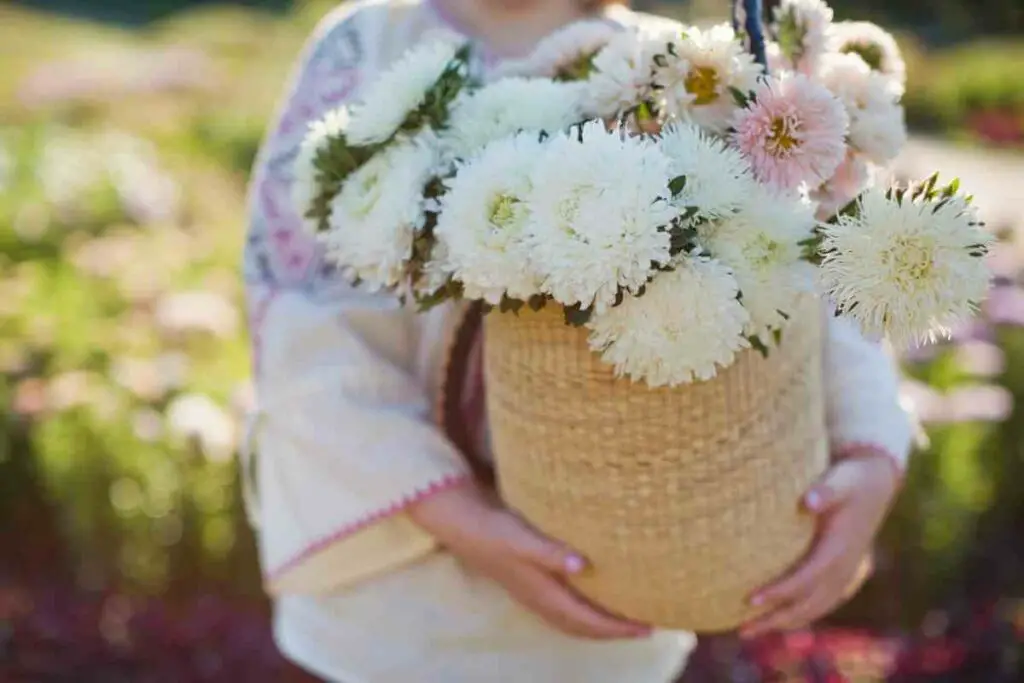
Annual garden mums are hardy. In areas that don’t experience too much snowfall and frost, this plant can withstand up to -5oC.
Here are some popular annual mums.
Painted Lady
The Painted Lady has characteristic single flowers with purple centers and surrounding bands of different colors.
The plant is bushy and compact and grows up to 60cm tall.
Crown Daisy
The Crown Daisy has distinctive fern-like foliage and grows up to 45cm tall.
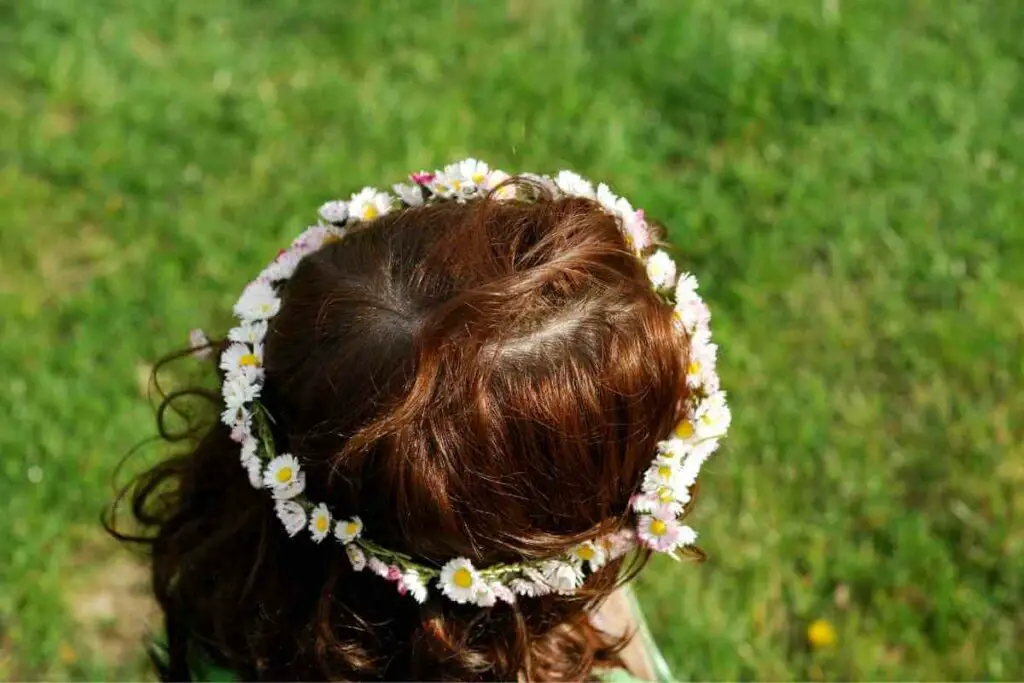
Its flowers come in three arrangements:
- Single
- Semi-double
- Double
Regarding color, they range from white to golden-yellow.
Perennial Garden Mums
Perennial mums are hardy because you grow them for several seasons.
Although you can grow them in pots, most people prefer planting them in garden beds.
The best time to plant a perennial chrysanthemum is during the onset of spring.
Here are some popular chrysanthemum species.
Korean Chrysanthemum Hybrids
These hardy perennials grow as wide as 45cm and as tall as 60cm.
They have lobed leaves and pink and red flowers that resemble daisies.
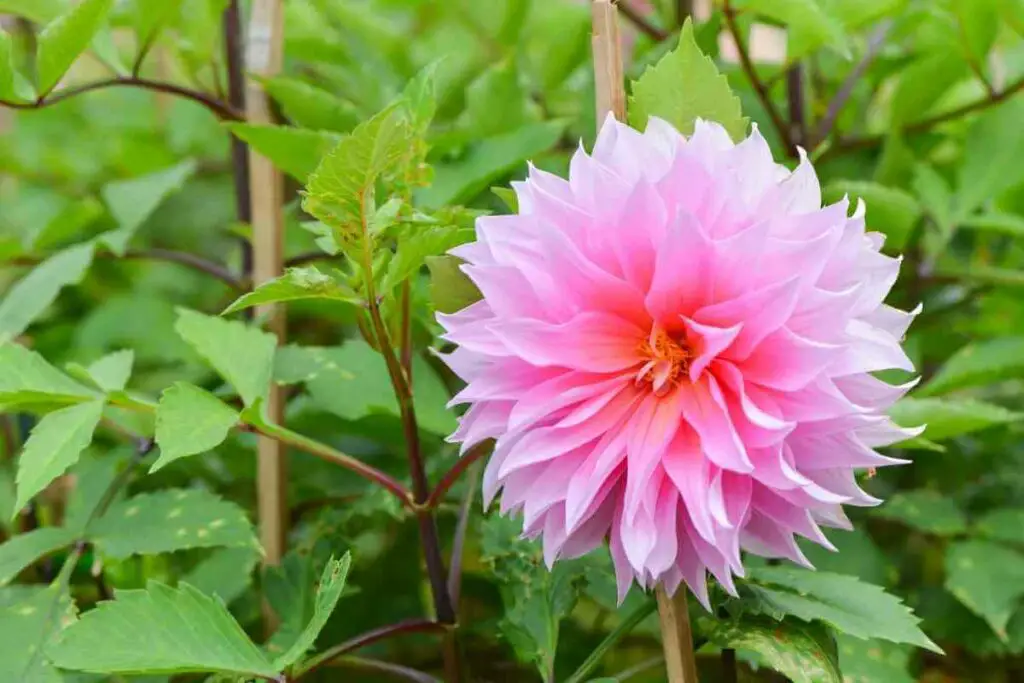
Some plants have apricot and yellow cultivars.
Double American Spray
Unlike other perennials, the Double American Spray requires additional care during winter.
Its flowers come in bronze, pink, white, and yellow.
How Do I Grow Chrysanthemums?
Start by purchasing chrysanthemum seedlings or rooted cuttings during spring.
Then, place these in a pot after the risk of frosting elapses, preferably during the last weeks of May.
Ensure that the soil you use is moist and well-drained.
For better yields:
- add compost manure
- and place the pot in a cool area that receives adequate sunlight
Once the plants start budding, remove the buds on the sides and leave those at their apex.
This promotes vertical growth.
Staking is vital to growing chrysanthemums, regardless of type.
Lift the plant in autumn, make cuttings, and store them in a dry place free of frost.
You can grow tender chrysanthemums indoors or inside a greenhouse if you want cut flowers.
Alternatively: You can grow them in pots if all you want is to beautify your home. Regardless of your objective, ensure that you bring the plants indoors during autumn to facilitate flowering.
How Do I Take Care of Chrysanthemums?
It’s essential to maintain a constant supply of water to your chrysanthemums.
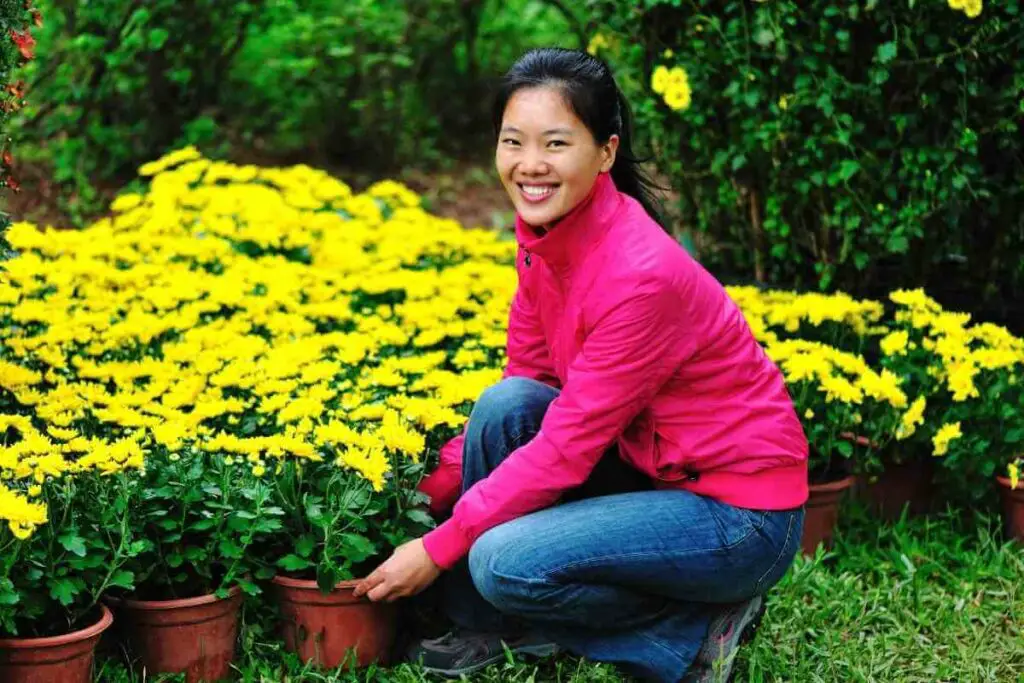
The best time to apply fertilizer, on the other hand, is the period between spring and the onset of summer.
When flowers start emerging from their buds, stop feeding the plant.
When the plant attains a height of 20cm, start removing the buds at the apex to encourage the formation of side shoots, as this results in more flowers.
However, if you want the plant to have a single stem, cut the side shoots instead.
If you want to convert annual mums into perennials, cut them back to the ground in autumn and leave them to overwinter in the garden.
This way, you’ll be able to replant them at the start of the following growing season.
How Do I Propagate Chrysanthemums?
The best way to propagate chrysanthemums is using the plant’s basal stem cuttings.
You should start this process when new healthy shoots emerge at the plant’s base, ideally after they’re 6cm off the ground.
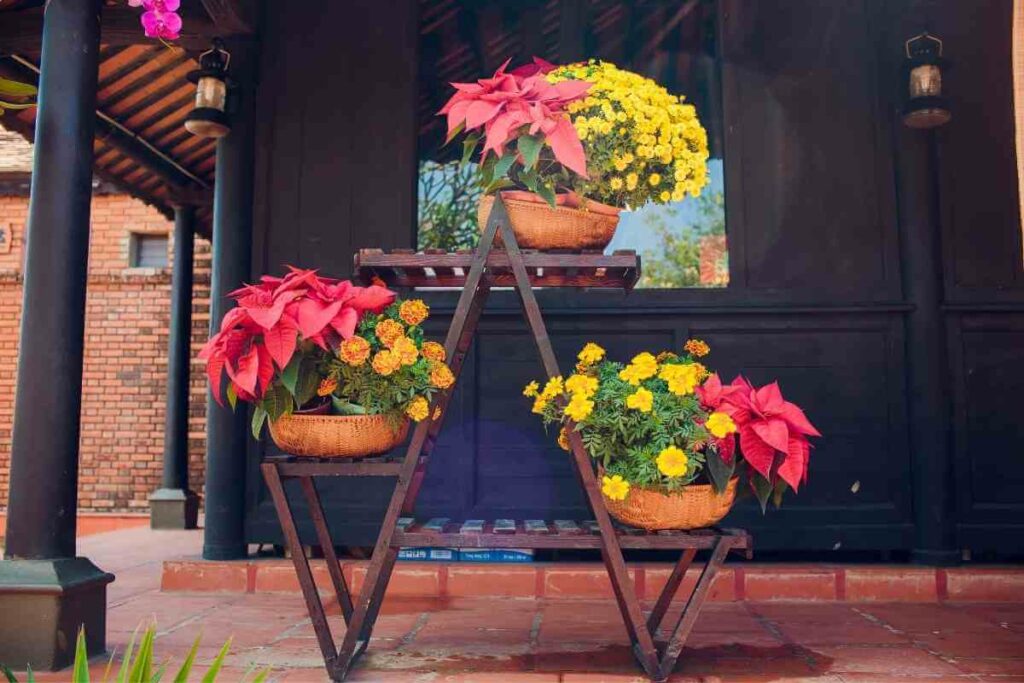
Water the parent plant a day before you start making the cuttings.
On the cutting day:
- Use a sharp knife to remove the cuttings and peel off the leaves, except for three at the top.
- Then, insert the cutting in a pot filled with moist compost.
- Place the pot in a propagator or cover it with a transparent plastic bag.
- Once the cuttings start budding healthily, remove the bag and transplant to a frost-free growth medium.
Troubleshooting the Challenges Faced When Growing Chrysanthemums
Your chrysanthemum plants are at a lower risk of suffering the effects of pests and diseases if you provide the optimal growing conditions.
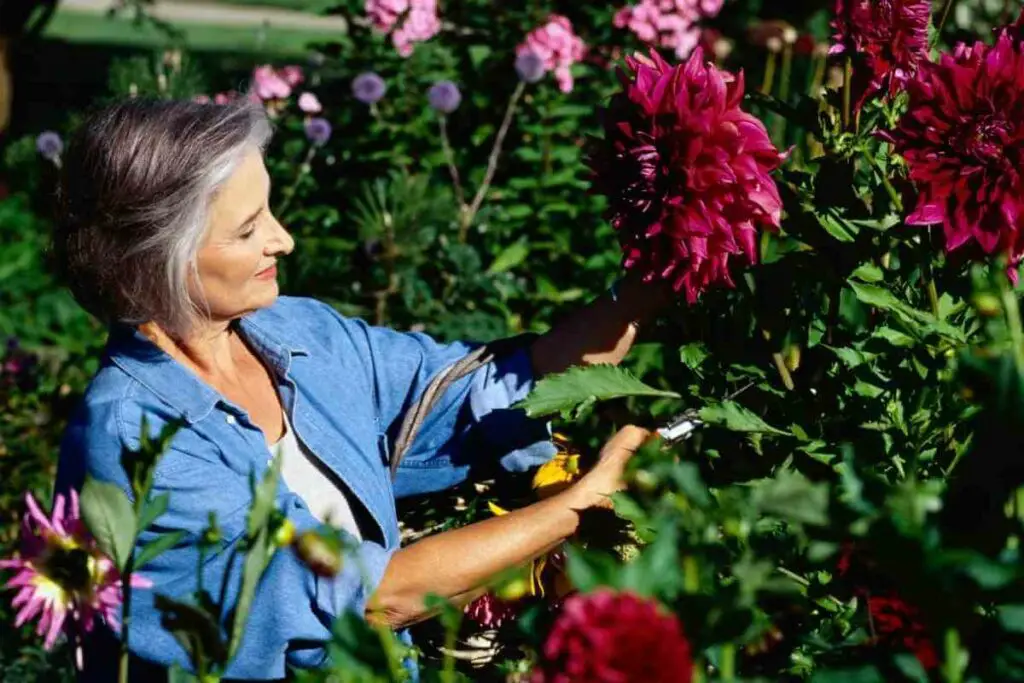
One of the most widespread diseases that affect chrysanthemums is white rust, a fungal infection that mainly occurs during the transition from summer to autumn.
It causes light brown spots on the upper surface of leaves, while the underside usually has white pustules.
Like other fungal infections, plants are most susceptible to white rust during autumn.
Its effects include withering, stunted growth, and eventually the death of the affected plant.
If you spot the symptoms, ensure that you remove the infected leaves. After removing the leaves, treat the plants with a suitable fungicide and avoid taking cuttings from infected plants.
It’s worth noting that this disease can spread to the rootstock, especially if it persists through winter.
Wrapping Up
The Chinese started cultivating chrysanthemums as early as 1500 B.C.
The stems were used as herbs, while the leaves and roots were food. The plant has since spread to several nations worldwide.
Nowadays, most people use chrysanthemums for decorative purposes.
The bright color of its flowers can enhance the visual appeal of any space, whether indoors or outdoors.
The best thing about chrysanthemums is that they are hardy, meaning that you don’t need the greenest thumbs to grow them.
That said, you need to plant it in a frost-free area to reduce the risk of fungal infections like white rust.


